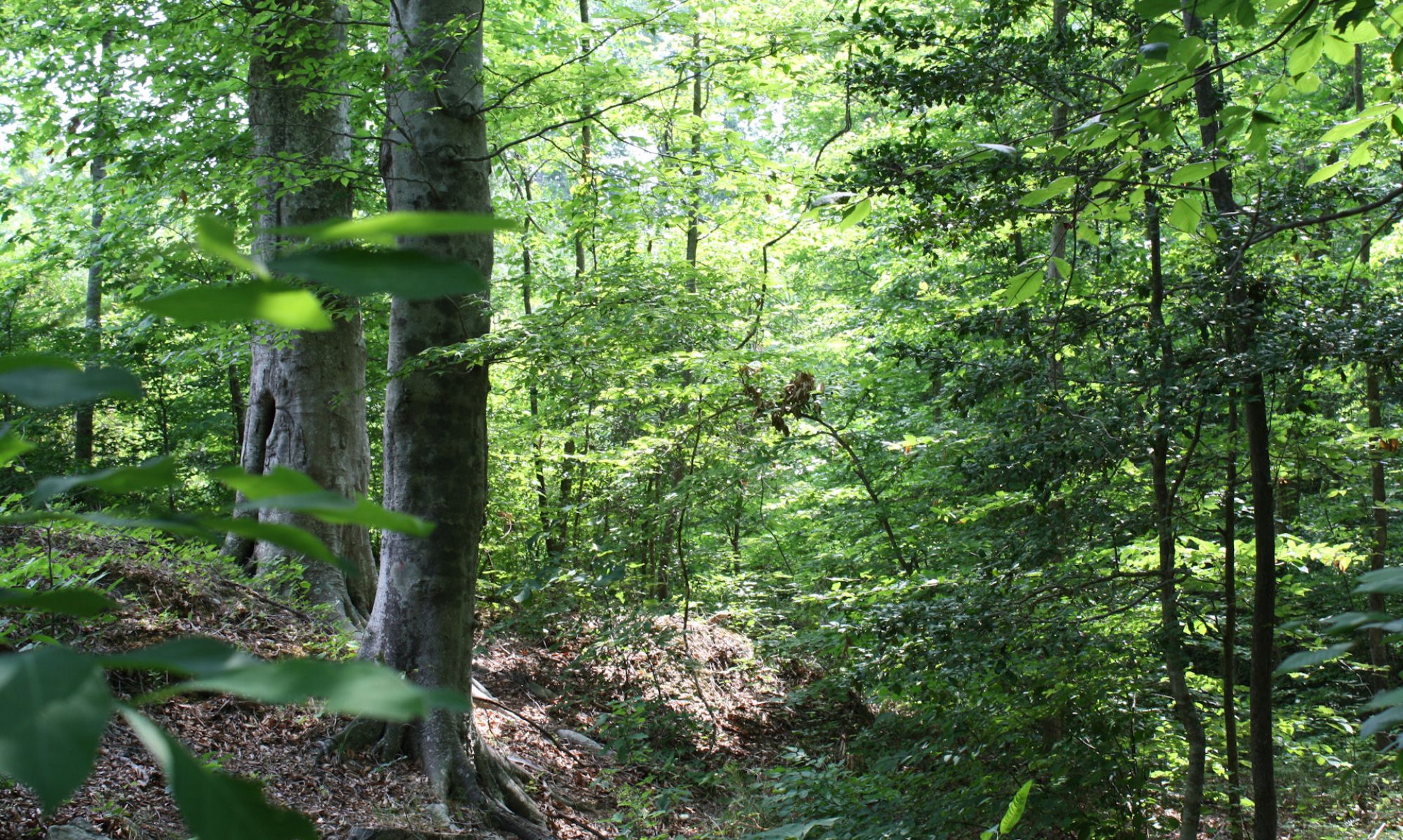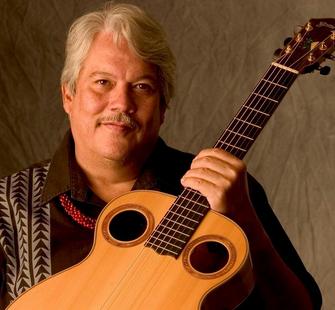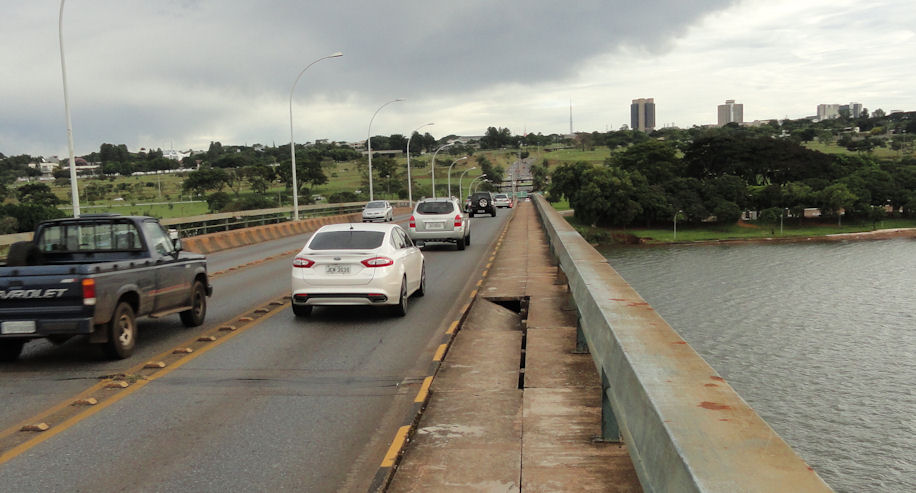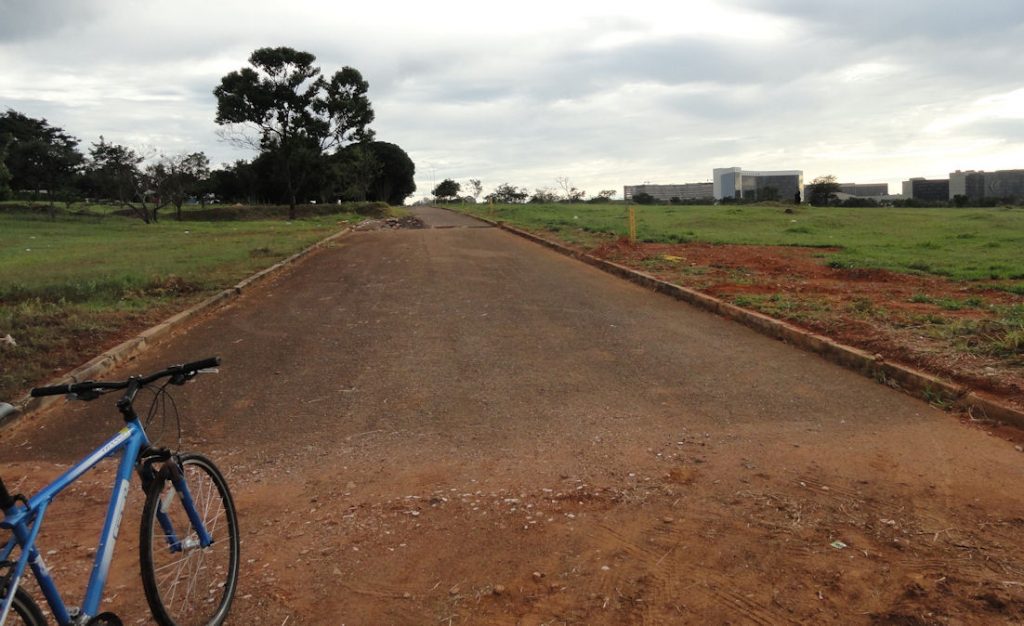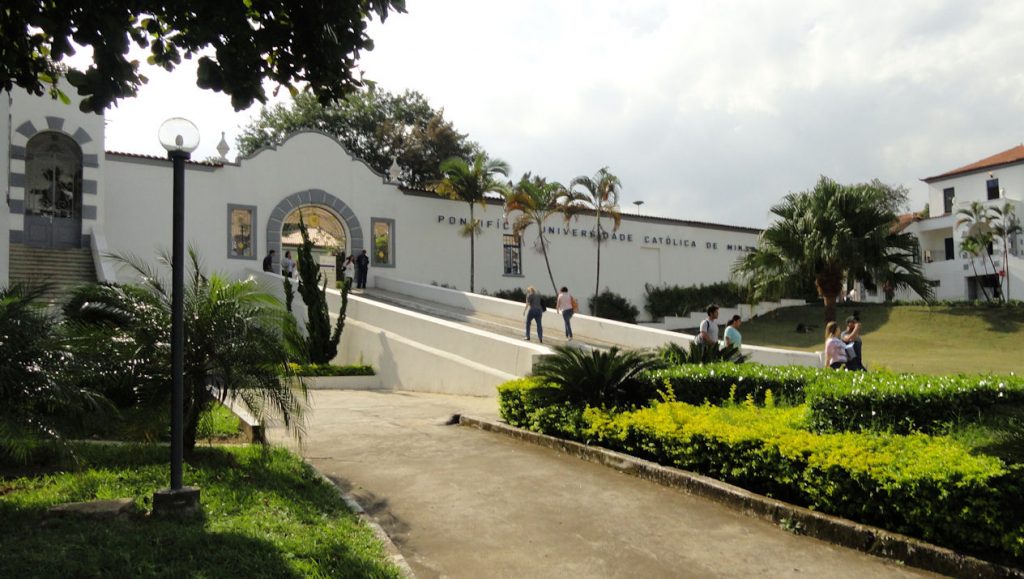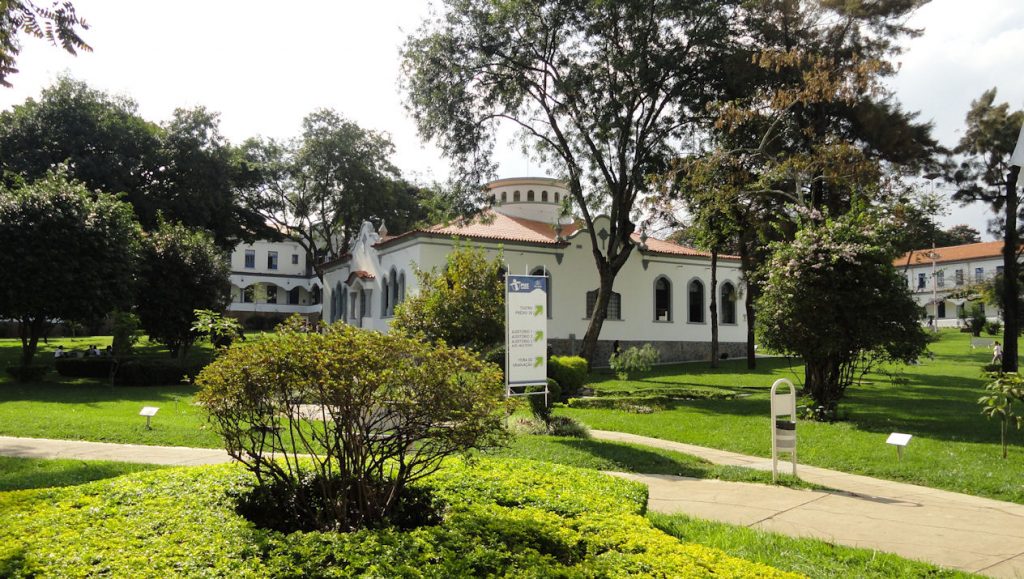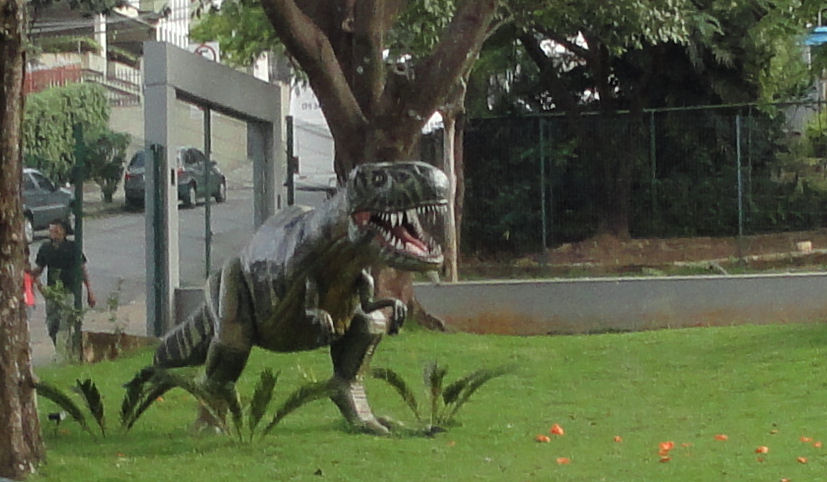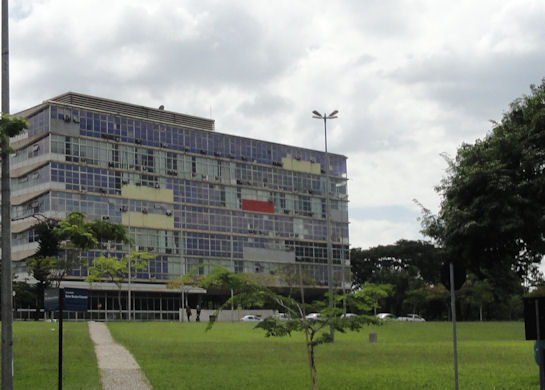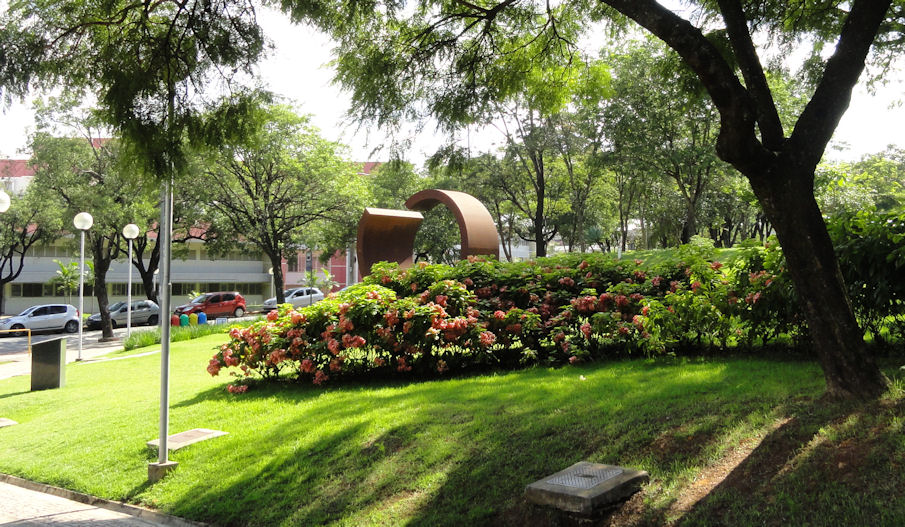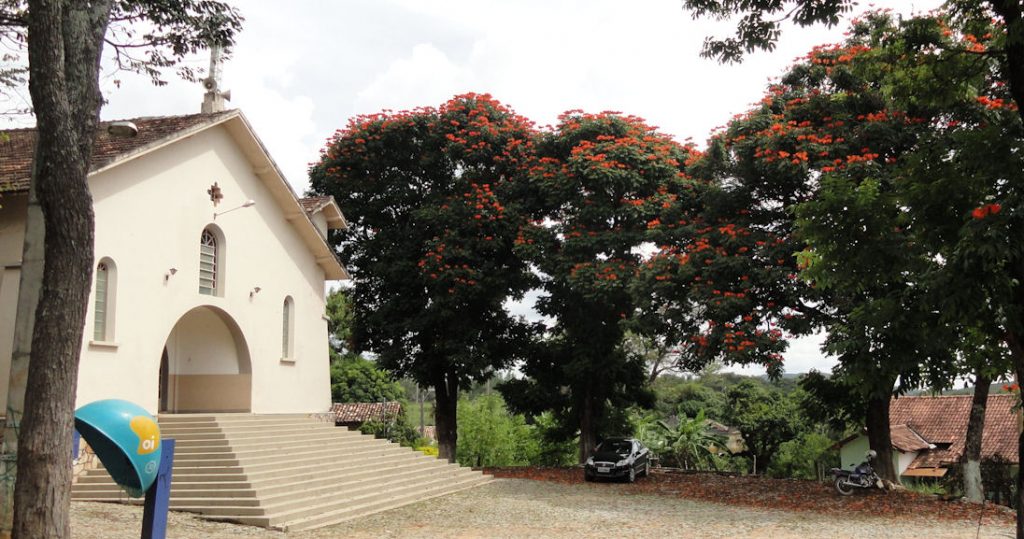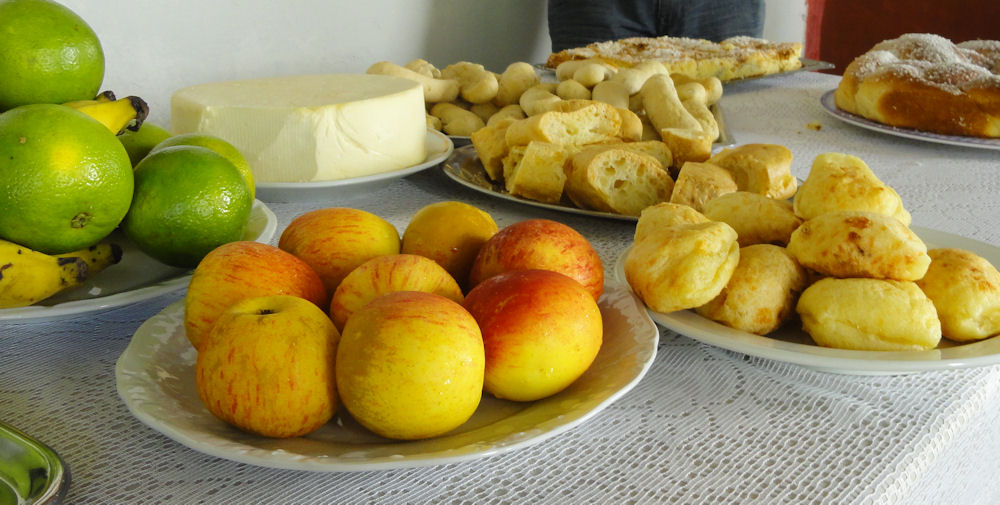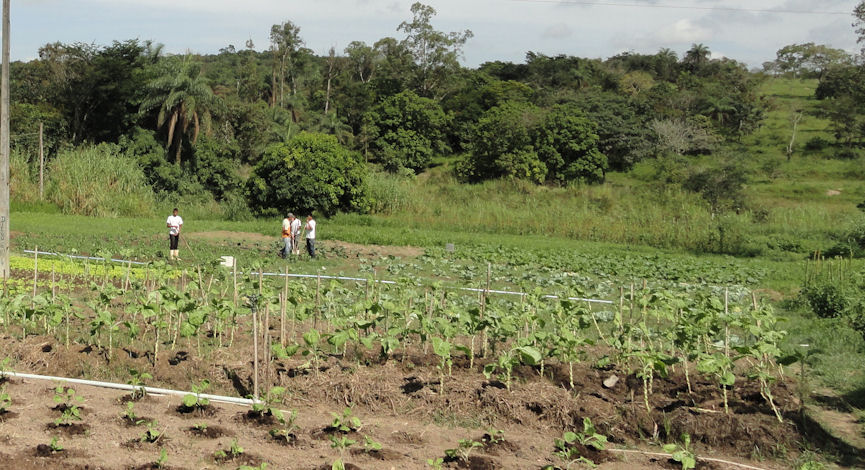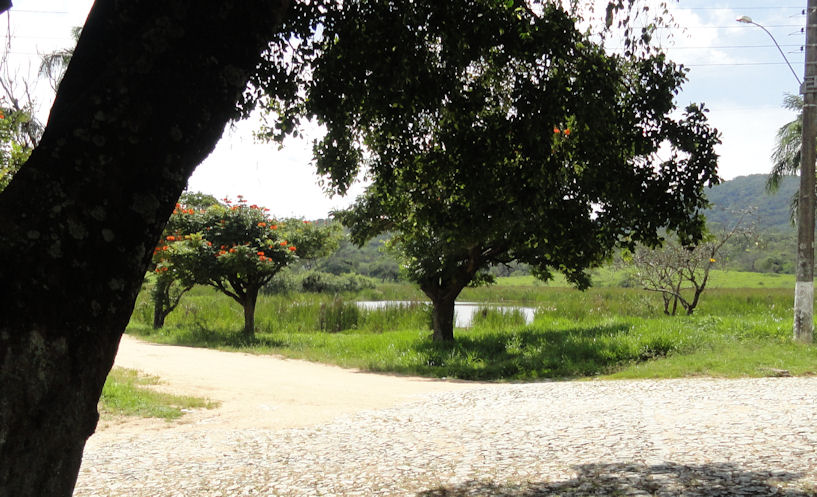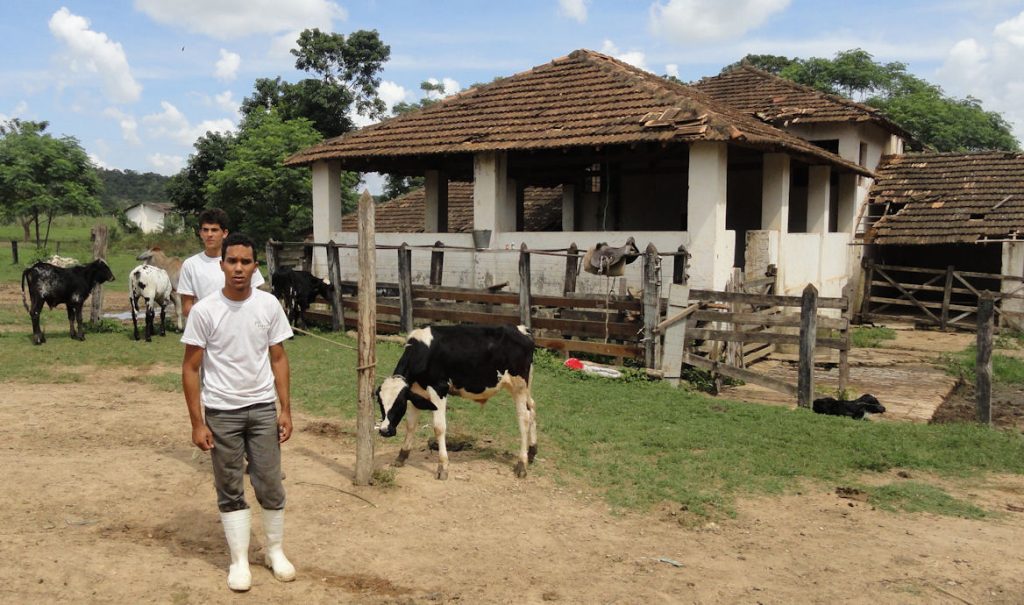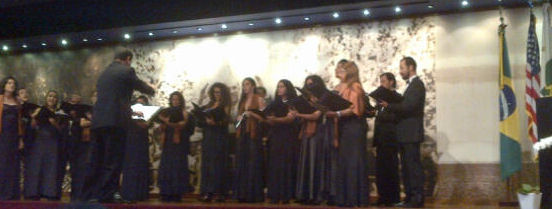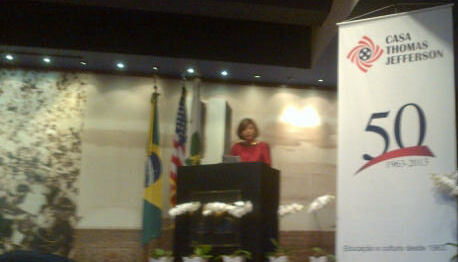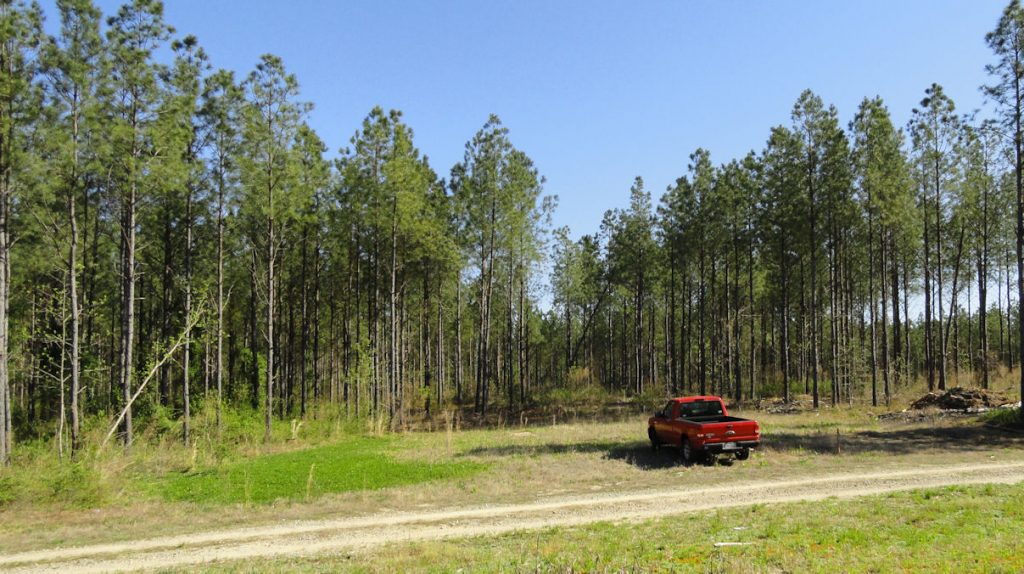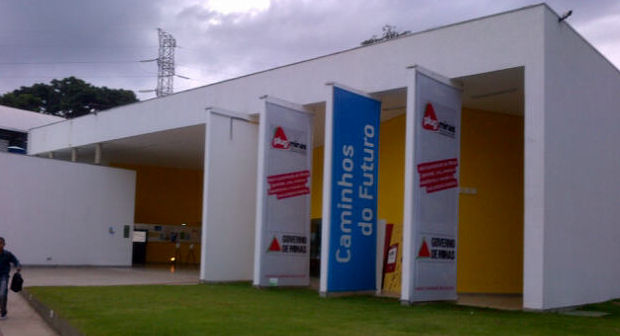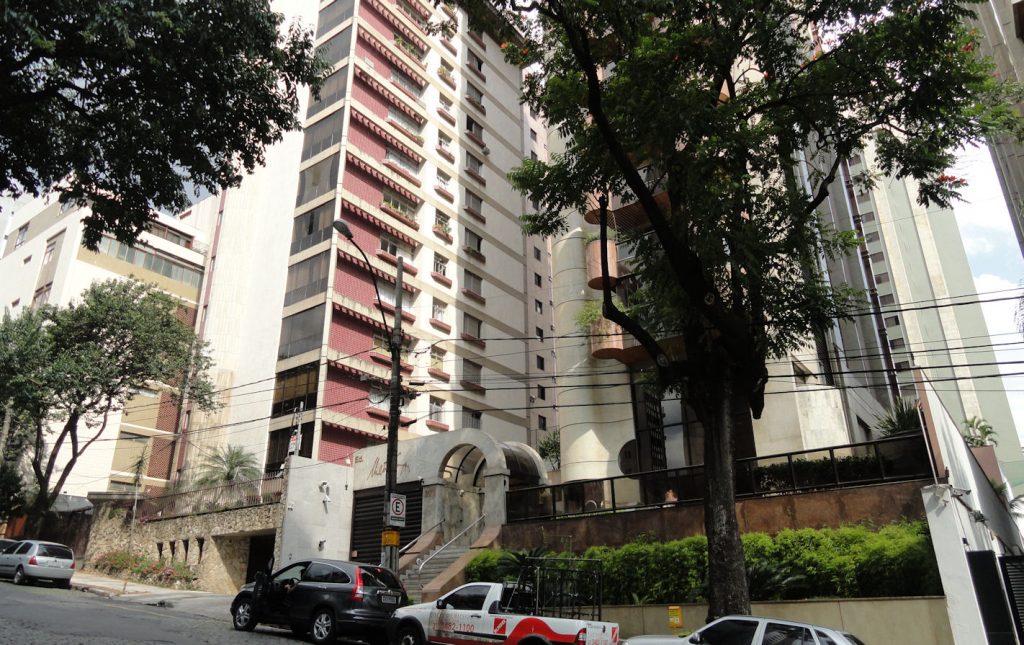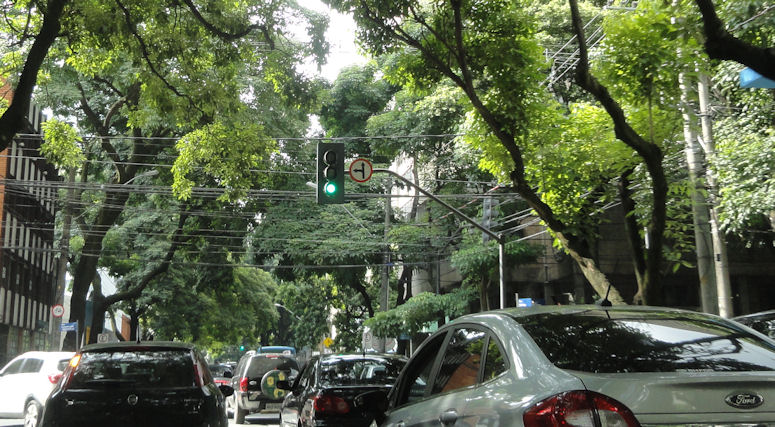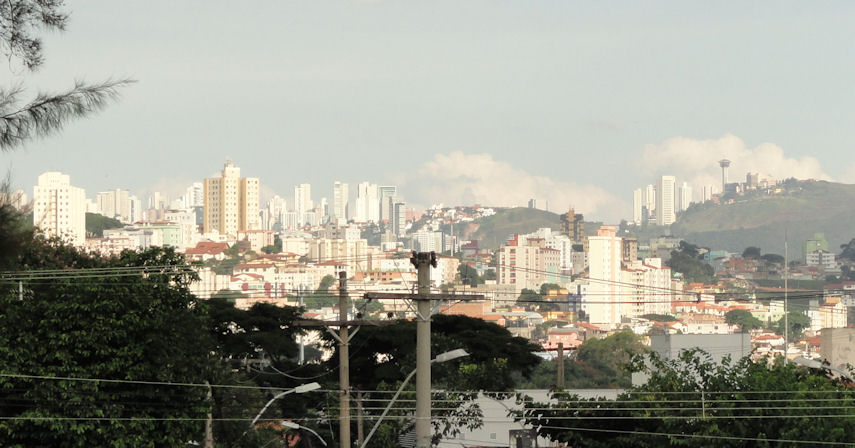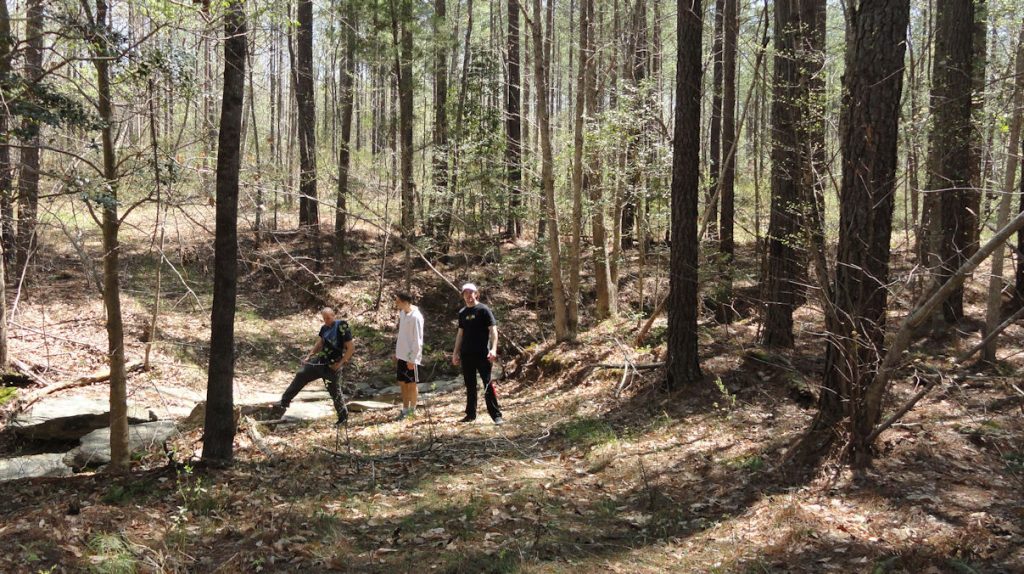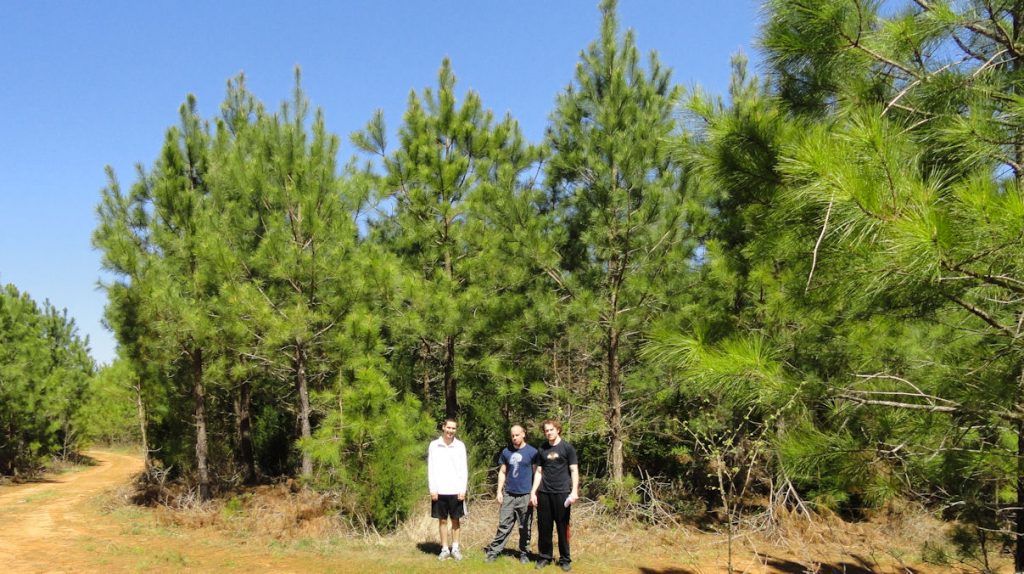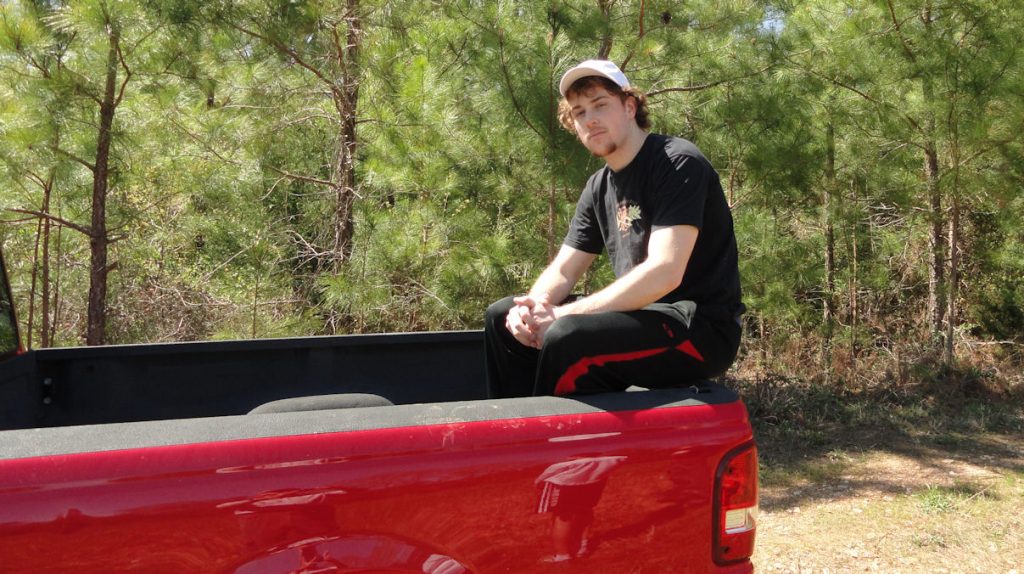World War I may be the biggest tragedy in history. It destroyed a promising civilization and led to the evils of communism and Nazism. “A World Undone” is the best book I have read about this tragedy. The title is apt. A world was indeed undone. Meyer describes that world and how its faults AND its strengths led to the tragedy. For example, virtues such as courage, perseverance and planning many times made things worse.Author G.J. Meyer describes the privations on the home fronts. The situation in Germany is especially interesting, as we get little of that in most of the histories I have read.
I found most interesting descriptions of interactions among leaders, military and civilian. There was plenty of incompetence and short sightedness, but there were also rational and well-thought out plans that just didn’t work, perhaps because both sides were similarly matched and both sides were thinking of moves and counter moves. Meyer does a good job of talking about all sides. This is a useful antidote to one-sided accounts we often get. When I say “one-sided” I am not talking about only or even mostly patriotic accounts. Rather, it is a big mistake, often repeated, to treat the other side as an object on which we apply our best efforts. Enemies adapt. We learn from each other. It is easy to say “If we did…” This is naive and not pernicious. We and our adversaries share a system in which our common actions invariably produce results neither side could have foreseen.
Viewing all human interactions systemically is a good idea. War, especially a protracted and terrible war like World War I, brings this our in sharper detail, but the complexity and unpredictable nature of human interaction is true always and everywhere. It should be one of the lessons of history and it is what makes reading books like “A World Undone” more than an academic exercise.
Others have written if there is one book you read … I don’t think it is ever a good idea to read just one book about anything, but this one would be a good start. I have thought long about the question of whether historian create history or just report it. It is clear that some creation is going on, as authors must make sense of events and put them in a context that is the creation of the historian and his/her culture. A book like this is possible only in the post-Cold War environment, where we can better see the complexity of multiple relationships.
America has ordered the world as long as most of us have been alive. We have trouble understanding the world of 1914, when was no dominant power. Our world might be becoming more like that of 1914. I hope we do better this time.
